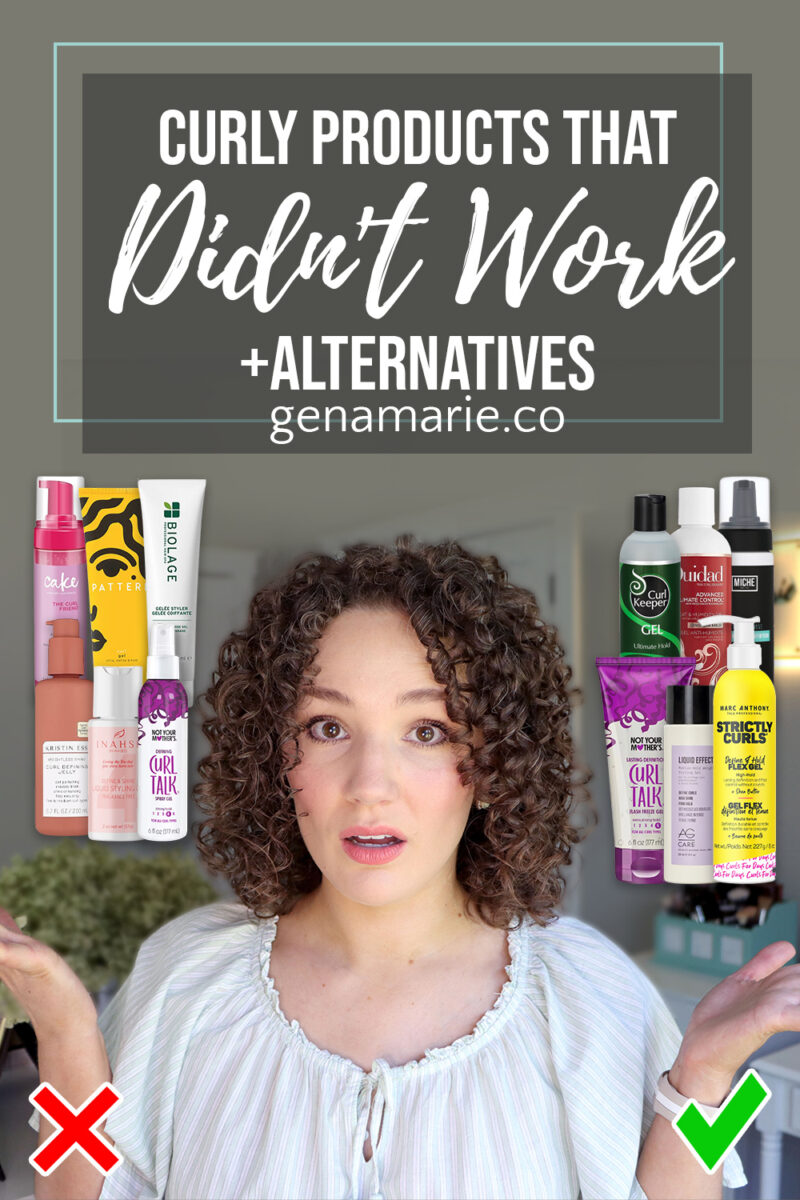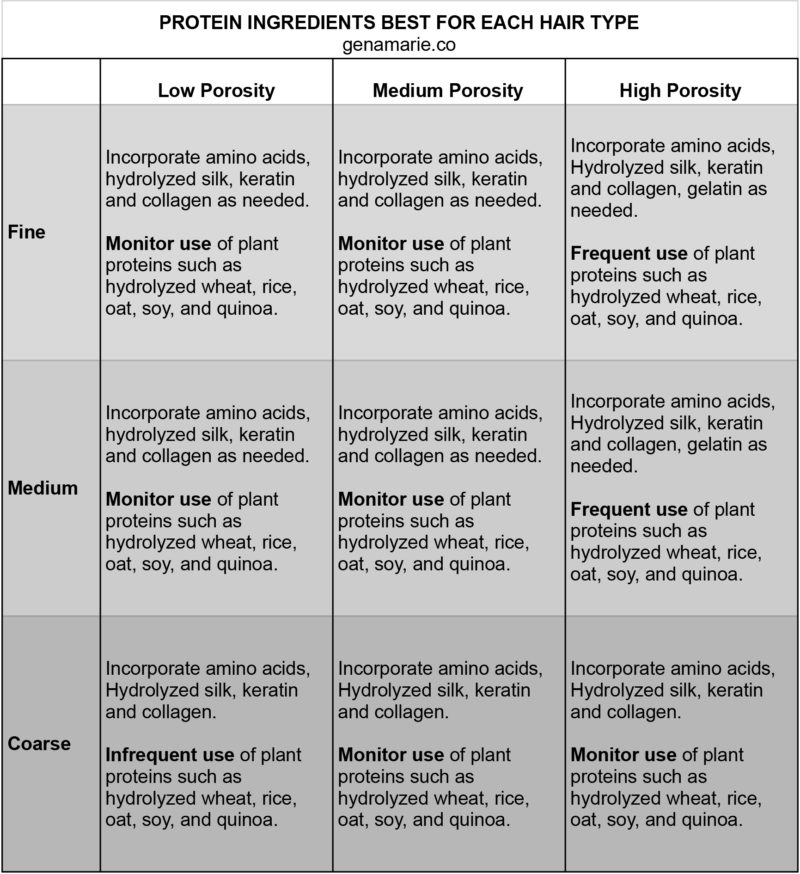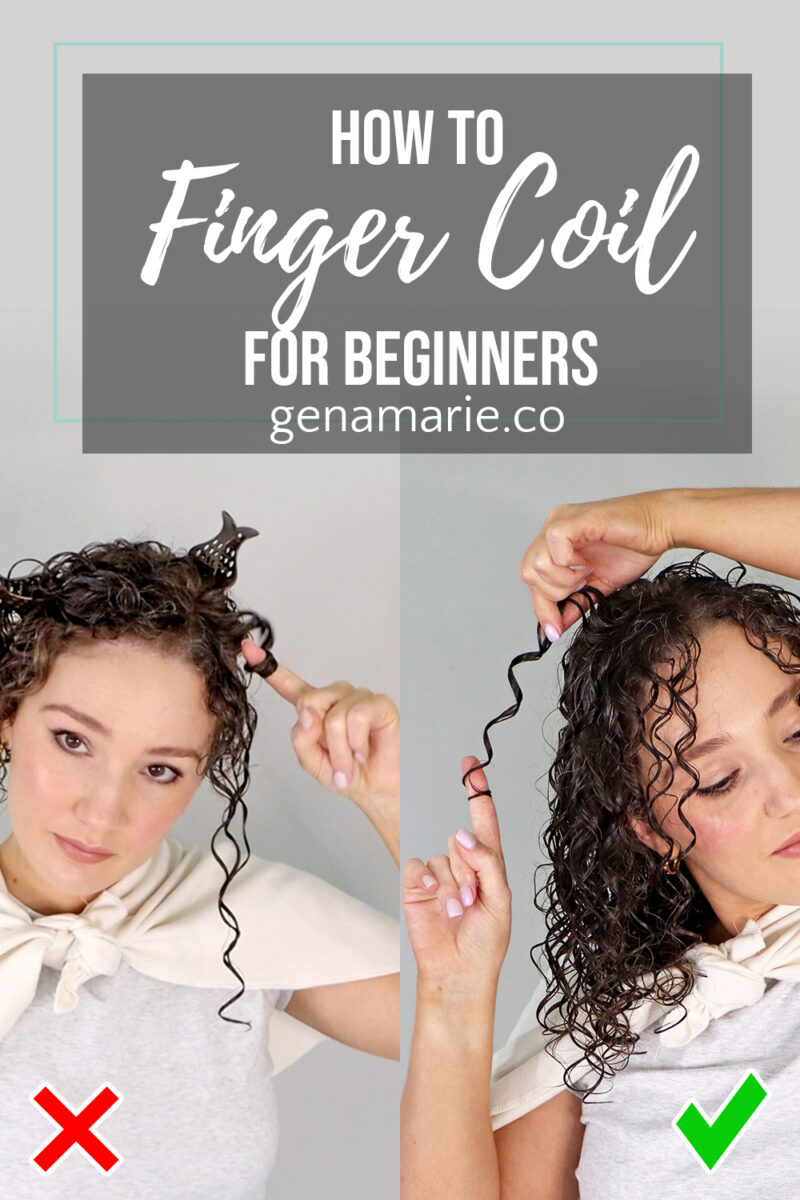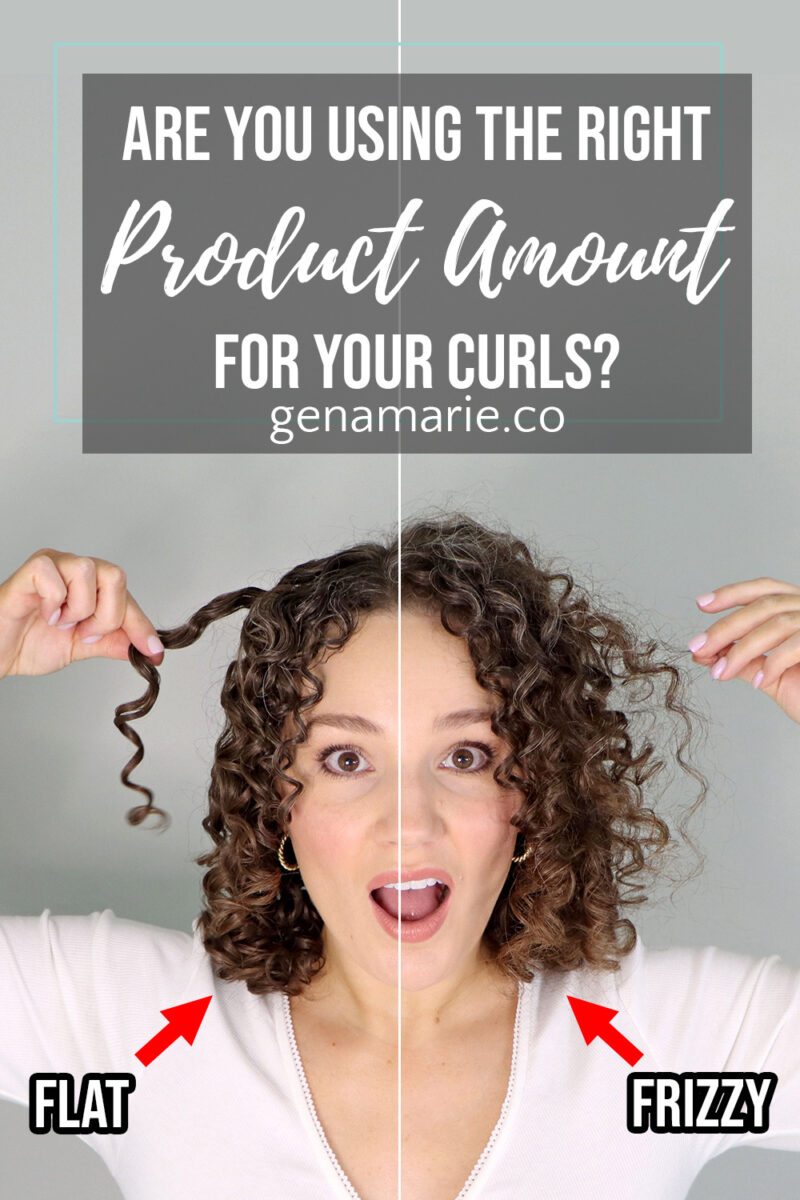
Curly Products that Didn’t Work for Me + Alternatives
Have you ever bought a curly hair styling product because of the brand’s promises – only to be completely let down? I’m sharing some popular

This post is sponsored by Curlsmith. All opinions are my own.
I’m going to show exactly how to properly balance protein and moisture in your wash day routine. If you want to start incorporating more protein in your routine for strength and damage repair but are worried about protein overload, this routine is ideal for balance. I’m also going to share a quick crash course on protein vs. moisture, how to choose the right protein ingredient for your hair type, and more.
Hair is made up of protein, specifically keratin. Protein ingredients are needed to repair damaged hair and strengthen the hair. Protein even can help the hair maintain moisture by temporarily filling in the gaps in our hair’s cuticle, which gets chipped from using heat, bleach, tight hairstyles, rough detangling, sun exposure and more.
I like to think of protein and moisture balance as strength vs. softness. It’s definitely a balancing act and needs maintenance. Too much protein when not needed can cause hair to become brittle and break. Too much moisture can cause hair to fall limp, feel mushy, and sticky. Both moisture and protein overload can cause frizz and lack of curl definition, so it’s hard to detect sometimes.
The most reliable test I have found is the stretch test. Click here to watch how to do it.
Take a hair dry, clean hair that has already shed, and gently stretch it between two fingers.
Damaged, more porous hair will need protein more often. Those with low porosity hair should be cautious with protein, especially plant-based proteins. Fine-textured hair can benefit from protein because it gives it strength, while coarse hair will not require much protein. Too much protein on coarse hair will cause it to feel brittle and break.
Check out this chart below from my previous video about How to Correct Protein Overload.

See the chart above! In a nutshell, some proteins such as the hydrolyzed plant proteins are larger in molecular weight and are more likely to cause protein overload. This happens because they can’t penetrate as easily, so they build-up on the surface. Other proteins such as amino acids and keratin are smaller and actually penetrate, so these are great for hair that is more sensitive to protein.
If you find that your hair needs some protein, incorporate protein in a couple of your products within your wash day routine. I find that shampoos and rinse-out conditioners with proteins don’t usually have a huge impact on your routine. If you think you are in protein overload, then avoid protein in your shampoo and conditioner.
For stylers, if you have very damaged hair you could incorporate cream, leave-in, and gel with protein. If your hair is not damaged but you’d like to use some protein, incorporate it within just one or two stylers as I did in this routine.
If you are going to be using a bond treatment or a protein treatment like I did in this routine, always follow up with a super moisturizing, protein-free deep conditioner. Then, avoid using a ton of stylers with protein and focus on moisture to maintain balance. In this routine, I used a cream and foam with protein and used a protein-free gel. See the chart below for more details.
I wouldn’t necessarily do this routine for every single wash day, as that will likely be too much protein because I don’t have much damage in my hair anymore. My next wash day after this protein-rich one, I would skip on the Bond Curl and still use a protein-free deep conditioner. Then, would either use these same stylers or possibly opt for a protein-free cream too. It depends on how my hair feels. Avoiding repetition with protein-heavy wash days is key to preventing protein overload.
[wptb id=21580]


Have you ever bought a curly hair styling product because of the brand’s promises – only to be completely let down? I’m sharing some popular

We recently hosted a live Wavy & Curly Hangout on YouTube — and it was such a fun session packed with practical curl advice! I

Frizz, flat roots, and curls that won’t last — finger coiling can fix all three and more. But is it really worth the time? Today,

If your curls are falling flat or frizzing fast, the problem might not be the product — it could be how much you’re using. Today,
One Response
Too many people have no knowledge of the fact that fast hair growth scalp therapy shampoos (obviously with no sulfates, no parabens and no DEA) even exist. Persons are now able to possess longer hair and attain more possibilities. Definitely worth looking up.
Whether you’re talking about alopecia, hair damage, preventing scalp disorders, hair growth, hair and scalp health generally, very similar ideas come to mind.
In most cases, you want to avoid hair products and treatments that use chemicals such as parabens, DEA and sulfates.
What’s good for your hair is good for your skin also.
It goes without saying the content here is so accurate for many reasons. It avoids the accustomed traps and errors so many fall into- using defective alternatives. Keep it up!